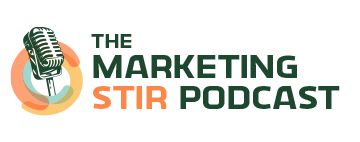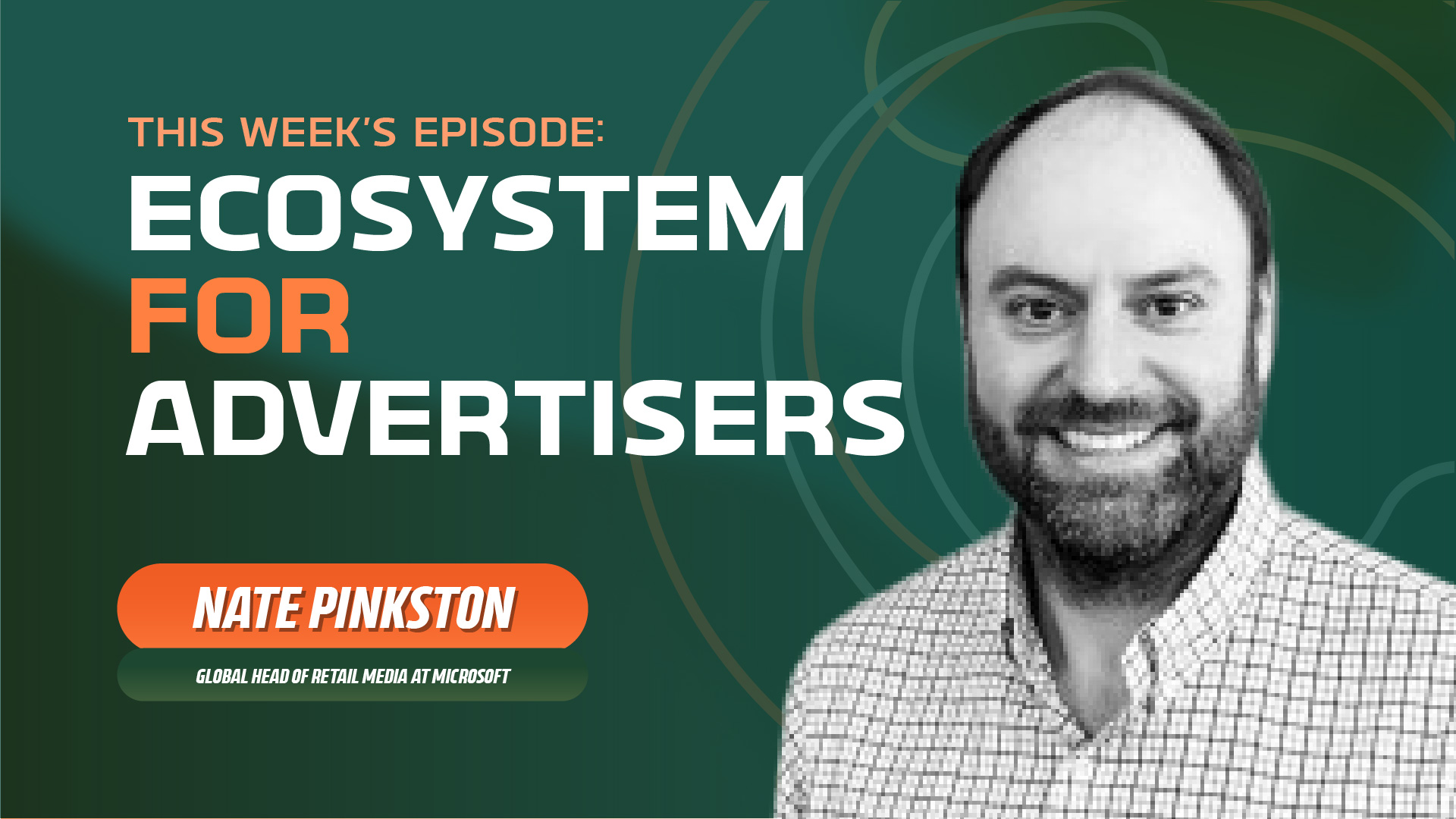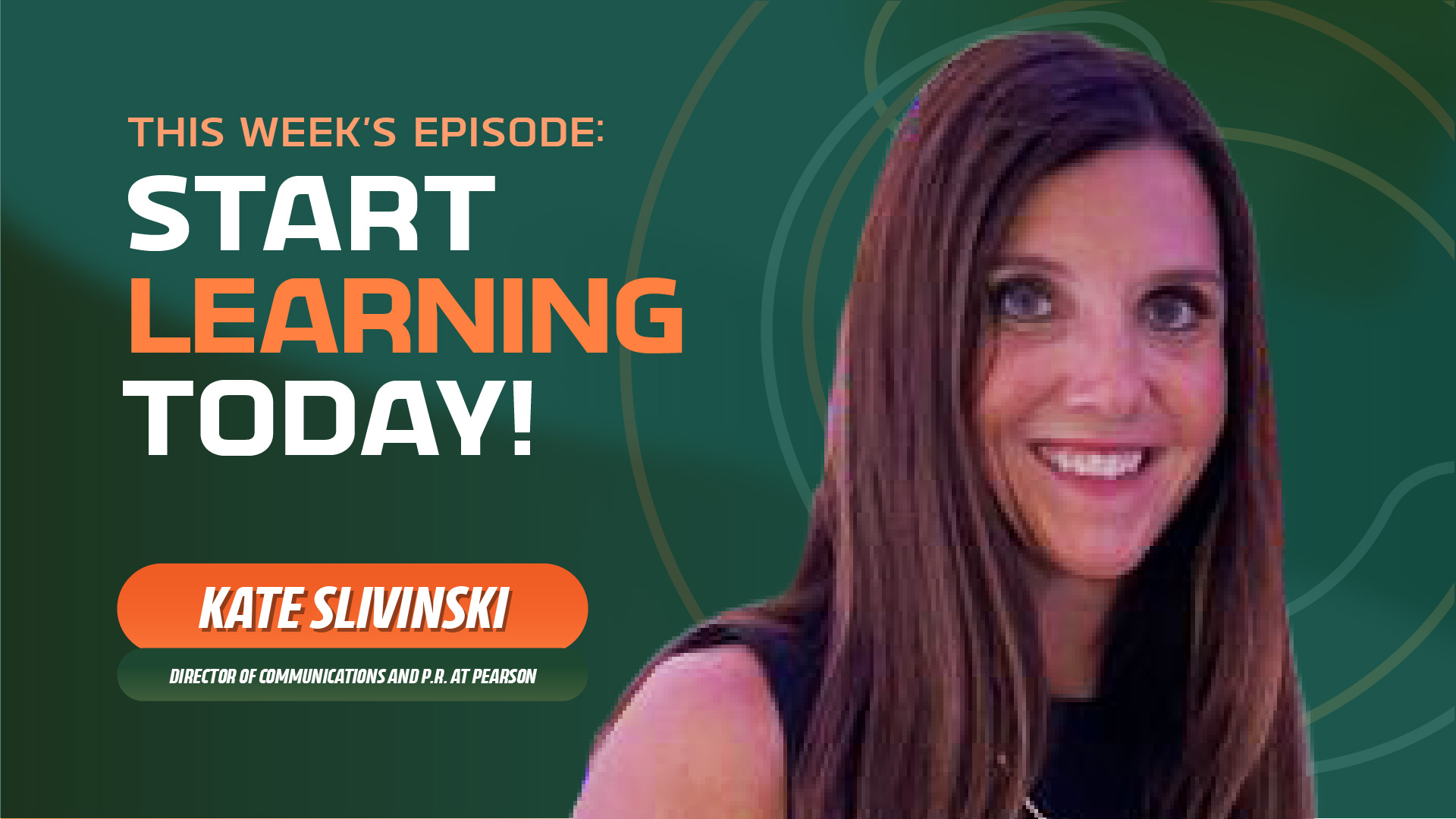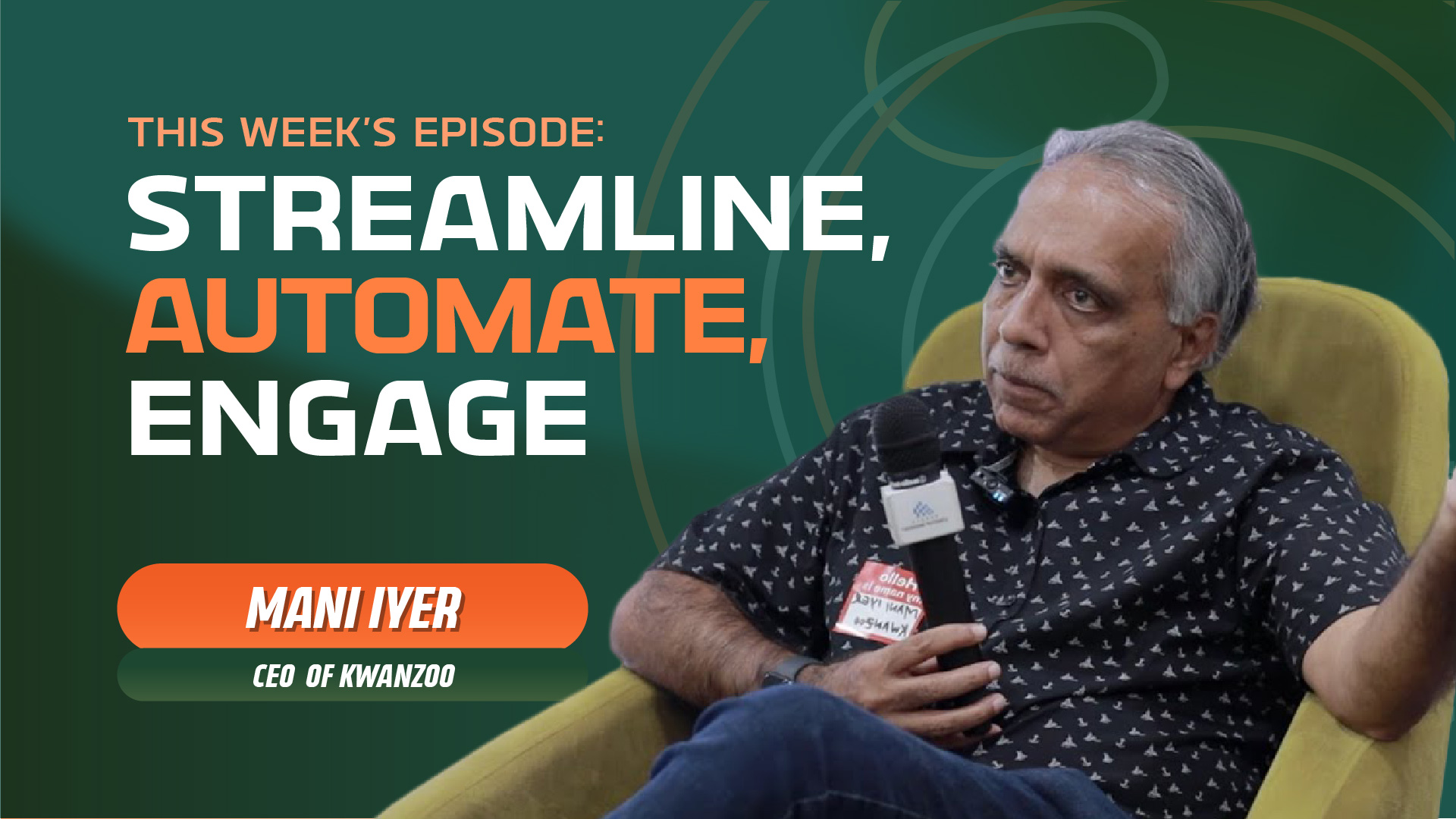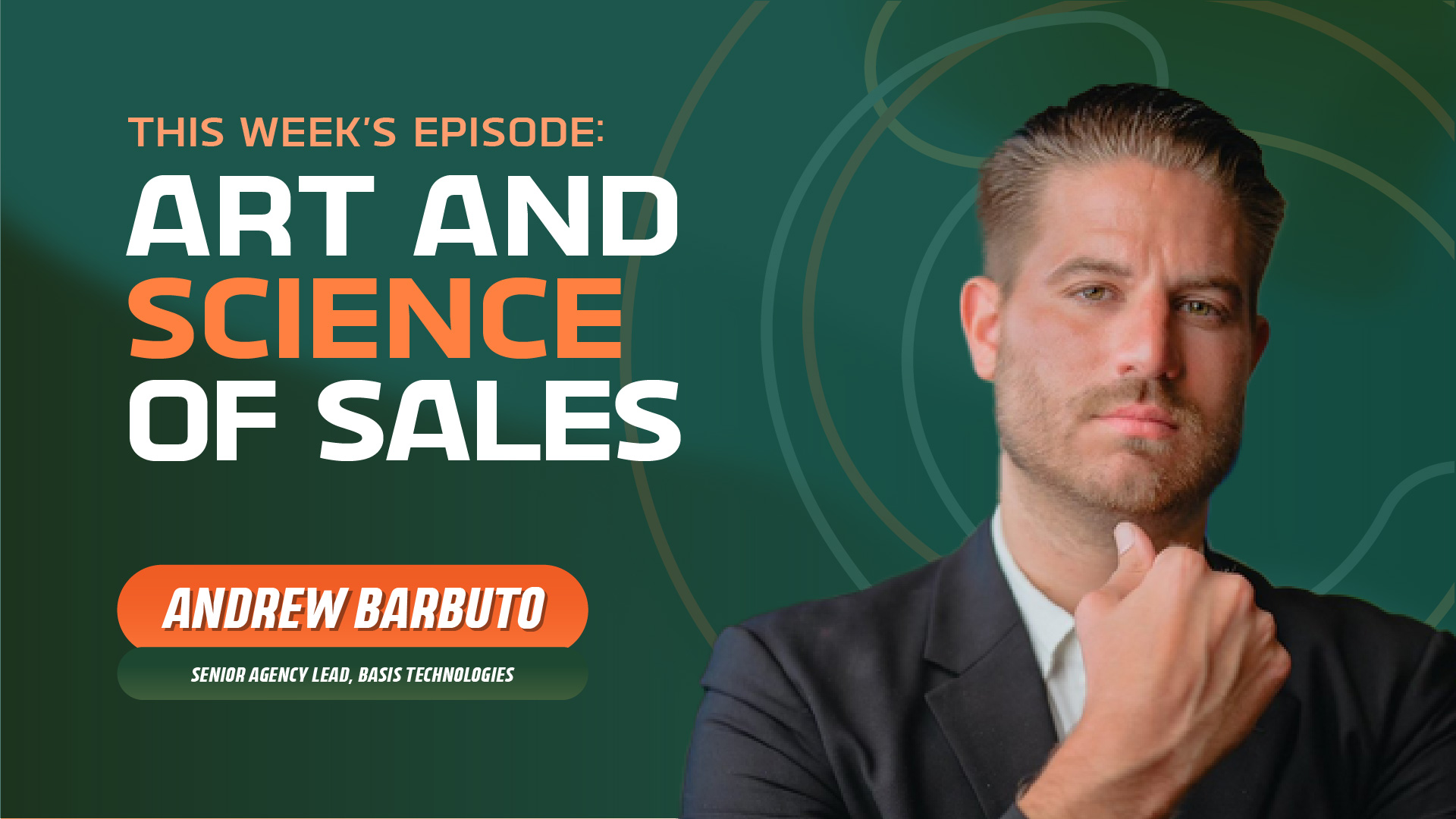“Where do we want to go?”: Exploring the Complexities of AI, Demand Gen, and More
- 0.5
- 1
- 1.25
- 1.5
- 1.75
- 2
Jared Walls: Welcome to the Marketing Stir Podcast by Stirista, probably the most entertaining marketing podcast you're going to put in your ears. I'm Jared Walls, Associate Producer, and Stirista's Creative Copy Manager. The goal of this podcast is to chat with industry leaders to get their take on the current challenges of the marketing, but also have a little fun along the way. This is the final episode of season 1. 5, where we share some takeaways from our first season. In this episode, we hear from Kelley Michalik, Chief Marketing Officer at Alight Solutions, Heidi Cerenzia, Vice President of Demand Generation at Ryke, Ray Estevez, CIO at True Influence and Matt Stout, President and CEO of VDC and Chief Strategy Officer at Stirista. They discuss AI, demand generation, intent and compliance and privacy, among many other topics. Give it a listen.
Kelley Michalik: Yeah. So from what Alight does for HR from a data perspective is hugely important, right? So our transactional data from benefits administration claims, from payroll data, retirement data, et cetera, is hugely important to feed our AI engine so that that AI engine is learning what recommendations to make to people based on their permutation of solutions that they have. So data is one of our biggest competitive advantages in the way that we can use it to help the person whose data it is, right? When it comes to marketing and CRM and all of that, right, very different story. We just went through and redid our go- to- market. We did a commercial transformation the second half of last year and, lo and behold, we had, I don't know, I think it was something like eight, maybe more, different definitions of a new logo in the organization. Right? So that is really difficult to then make sure that we're talking the same language and actually have a go- to- market strategy that will enable us to grow in the way that we want. So that's the kind of foundation that we're looking to build and get some hygiene around. And back to that, you have to be able to say no, right? If a new head of whatever component says," I need X, Y, and Z," and that's going to break something, I think permission to say no, and here's why, it will be important for us as we move forward.
Heidi Cerenzia: I think that if you think about marketing holistically before demand gen was really taken seriously, I think we could say, I think that what people recognized, and I certainly have a high regard for my marketing counterparts in corporate marketing, product marketing, and as a marketer, myself, demand gen is also reliant on those other functions, right? From content to digital, et cetera. So what I experienced was most of the marketers were really focused on brand and messaging and what do we call ourselves and that sort of thing. Right? It really wasn't until there was an awareness that a lot of the activities in which we mark... what was not known to be demand gen yet, we were going to events, right, and how can we get people interested in our solution? What I discovered at that time was it was a great entry point into the conversations, but we need to be much more laser targeted. And I've had this analogy recently, which is, demand gen to me is very much like a flight pattern or flight path, which is, if you get on an outbound plane, if you think about outbound demand generation, you choose your destination. Where do we want to go? I'm going there for a reason and why am I going to that thing, why am I going to that destination is because I want to reach someone there. So it's actually been fun to be a part of demand gen, Vince, I want to go back to your original question. It's been fun because I've seen so much change and I've seen it evolve way beyond what I certainly expected it to. And now I can look back to see... And it's so interesting because I think it's like a lot of things in life, things are coming full circle, right? Because if you think about direct mail, it was the thing, call it 10 years ago, or maybe even longer. People are like," Okay, that's creepy. You're just sending something to someone and expecting them to do something." I'm like," Well, sometimes you don't expect them to do something when you send them something." But one of the things that we've adopted, Ajay, this is actually, I think, something you asked a few minutes ago, we've actually adopted some charitable donations and some other things like that for our prospects or customers, because either they can't accept gifts or they just want to be charitable. So it's nice to give them options. But yeah, it's been fun. It's been really fun. I've enjoyed the change and... It's interesting too, now there is so much to keep up with and there's, and we're going to keep going back to the acronyms, right, there's so many acronyms that get thrown in there and it's like the latest and greatest, and now we have to do this thing. But yeah, I'm sorry. I'm hoping I'm not getting too long- winded here. The other thing I think is really critical, and I alluded to this earlier, data and metrics are critical. I think, I can speak for myself and my team, right, I can't speak for others, that that is a number one priority for us. Because at the end of the day, if you can't measure back what you're doing, I have a philosophy if I can't track it, I'm not doing it, because, one, you need to see results. And two, you need to justify the spend or they're like," Hey, this didn't result in anything, so let's not do that again."
Ray Estevez: I think it's the type of data that really has exploded around us and B2B. Back in the days, when we started dabbling in B2B, what was available? Just some real basic firmographic information and maybe some basic demographic details about a contact at a company, very simple stuff. Well, over the last few years, there's been an explosion of data types and services and products out there that you can leverage as a marketer to expand your B2B strategy. Right? You have technographic information, you have financial details about a company that is available. And obviously to me, the most important, you have intent. So all these attributes and new elements that are now part of B2B makes it easier, or more challenging, but it gives you more opportunity to analyze, put these components together, to generate better results of your strategy. If you follow the data, I always use a lot of analogies and I hear a lot in Wall Street, they say,"Well, follow the money." Some guys, they say," Follow the money." Okay. Well, in B2B marketing, you got to follow the data. You got to listen to what the data is telling you. So now that you have all this data available, the world has changed. There's more analytics, there's more modeling, there's more AB testing, there's more trials and errors before you roll out a big commitment of an investment, whether it's in display programmatic advertising, TV, or just direct mail or email marketing, whatever it is, you have to listen to the data, follow the data, do the analysis, find the targets and the audience that you think are going to perform well. If you do that, right, you're going to outperform your competition. I mean, that's why we have been successful for 11, going on 12 years in business. Because we focus solely on the data, the quality and making sure that customer keeps coming back. The only way to do that is to make sure they're successful. Right?
Matt Stout: Look, when I first got involved in this, most of the companies that were the big buyers of data, the big data aggregators, all names well- known, they had very small data acquisition teams. They had a couple of people who ran point. Compliance? Yeah, they were concerned about compliance, but it wasn't at the forefront. As time went on, those teams got bigger. Some companies we deal with now have fully implemented teams, not just the data acquisition people, but data scientists and compliance is a major issue, right? As well as privacy. So I would say the largest changes that I've seen from the buy side, bringing data into companies, is everything around making sure that it's compliance, the data governance is in place and privacy. I don't think privacy changes. I think that that's probably going to be a primary focus for most organizations. So if you asked me about, what's the one largest factor that I've seen, I would say it's been this shift to making 100% certain that the data is compliant and the privacy factor around that, which is evolving sands. Right?
Ajay Gupta: In terms of the alternative data space, do you see, I was reading today, T- Mobile is looking to monetize more of it's a user- based data, do you see that keep on evolving and more companies trying to monetize their datasets?
Matt Stout: Yeah. So that's an interesting point. I mean, a part of VDC that most people don't know about is we do talk to large organizations. We have a large engagement going on right now. We talk to companies that, by and large, have massive amounts of data, either first party, second party, sometimes third party, but mostly it's first or second party data. And they're trying to figure out what to do with it. It's not just from a perspective of external monetization, more often than not, it's the internal capacities that can be done. For argument's sake, I'm buying outside market research reports but I have intelligence within my organization that would probably give me a faster line of sight on things than I could ever buy outside and save myself money. So I do think there's going to be this ongoing focus of large companies to try and figure out how they can use the data that they have, not necessarily so much six years ago, five years ago, it was," Hey, how can we take this out and make a lot of money?" Now I think it's a question of, again, because of privacy, I think it's a question now where it's, we have all this data, what can we do with it? If we can do something with it, external and monetize it, and we can keep it privacy compliant and everything associated with that, that's a leg up, right? So I suspect there's going to be more that continuing,
Jared Walls: Thanks for listening to the Marketing Stir Podcast by Statista. We'll be back with full episodes in September, but until then, please tune in for a month of special topic focused recaps from our season one guests. As always, please like, rate and subscribe. If you're interested in being a guest on the podcast, email us at Info @ TheMarketingStir. com. See you next week.
DESCRIPTION
Marketing experts from Alight Solutions, Wrike, True Influence, VDC and Stirista discuss AI, demand generation, intent, and compliance and privacy.
